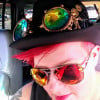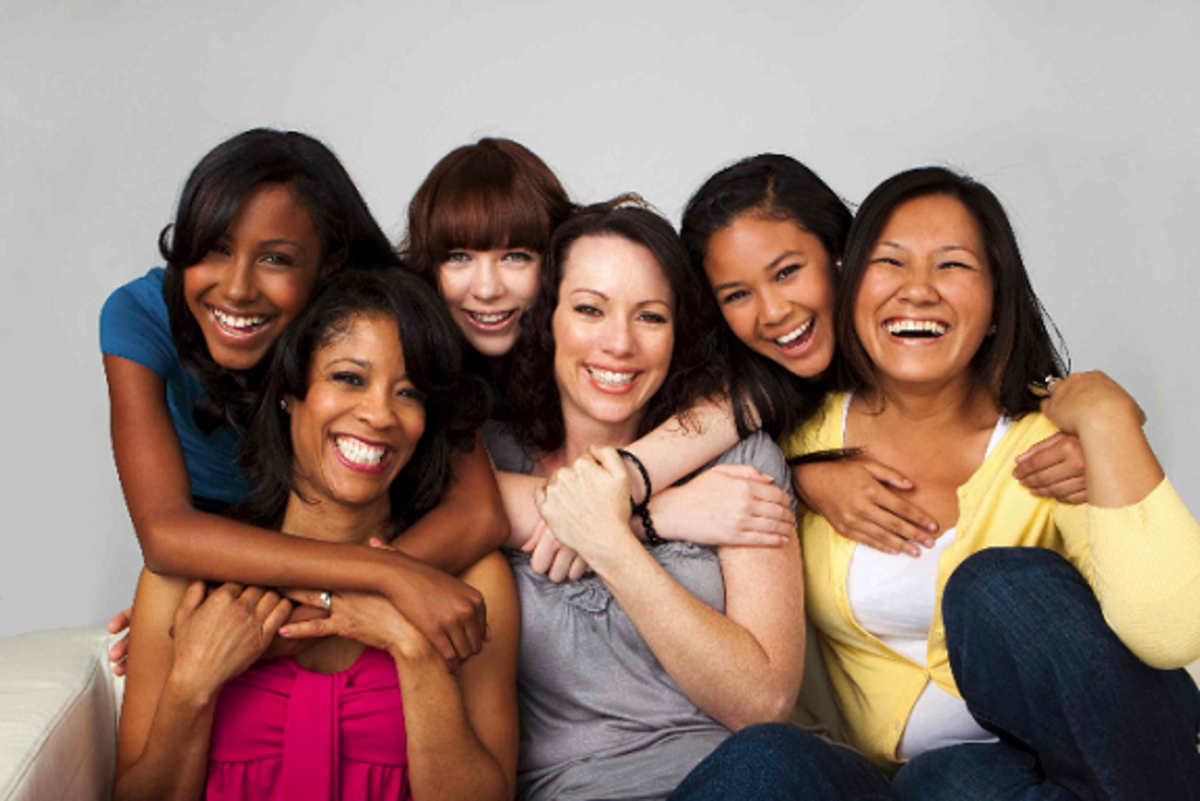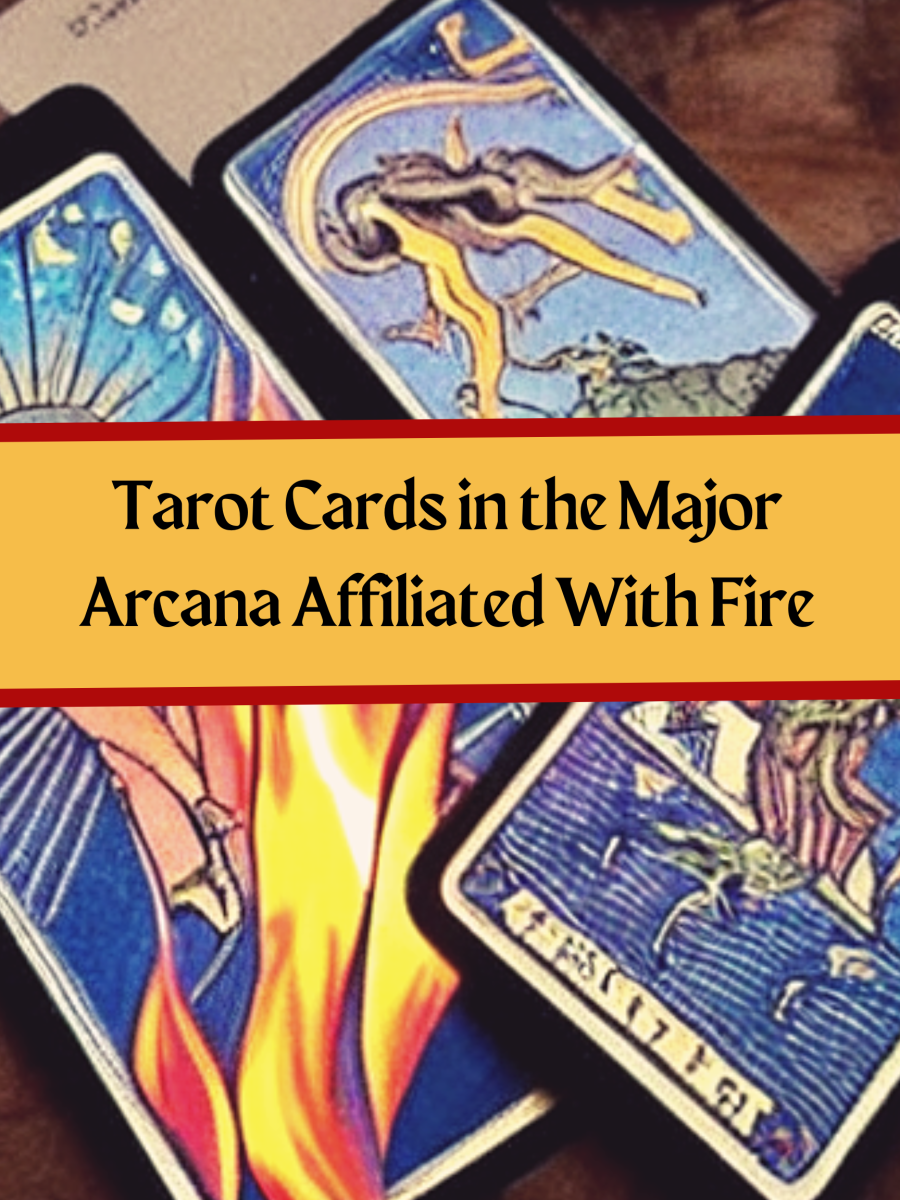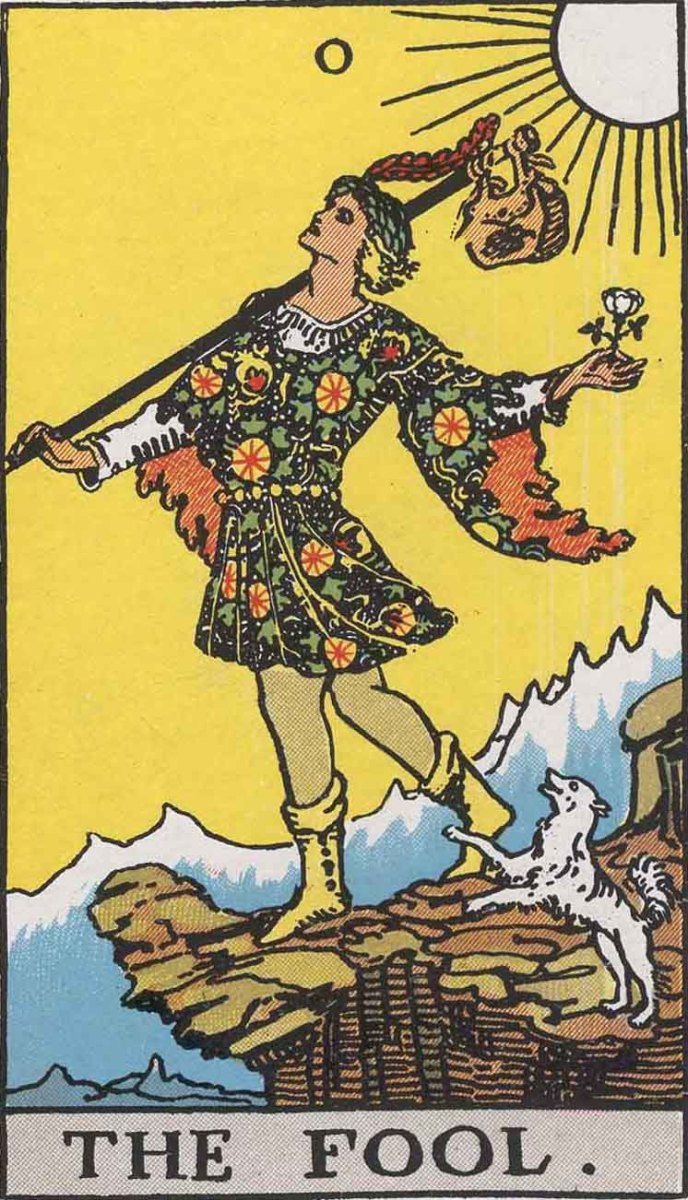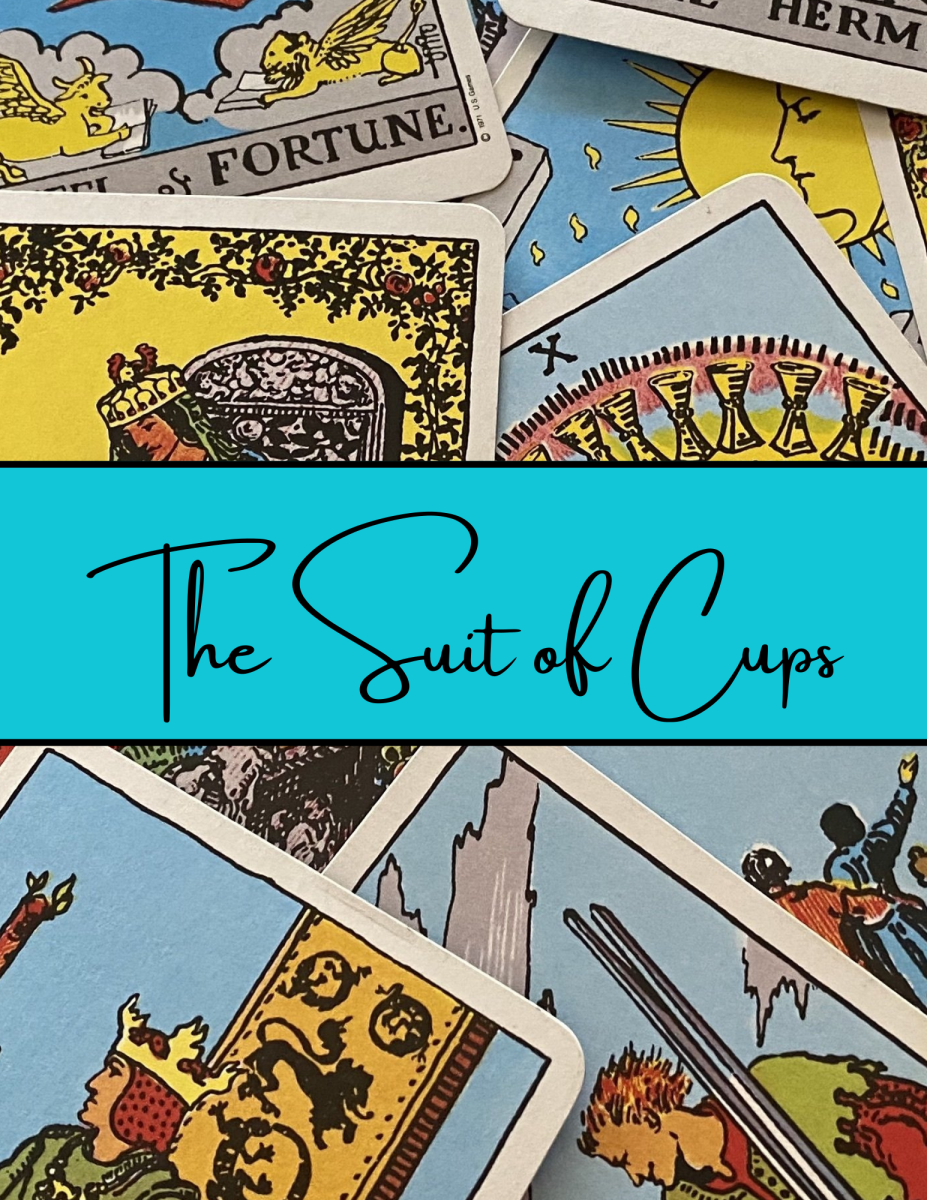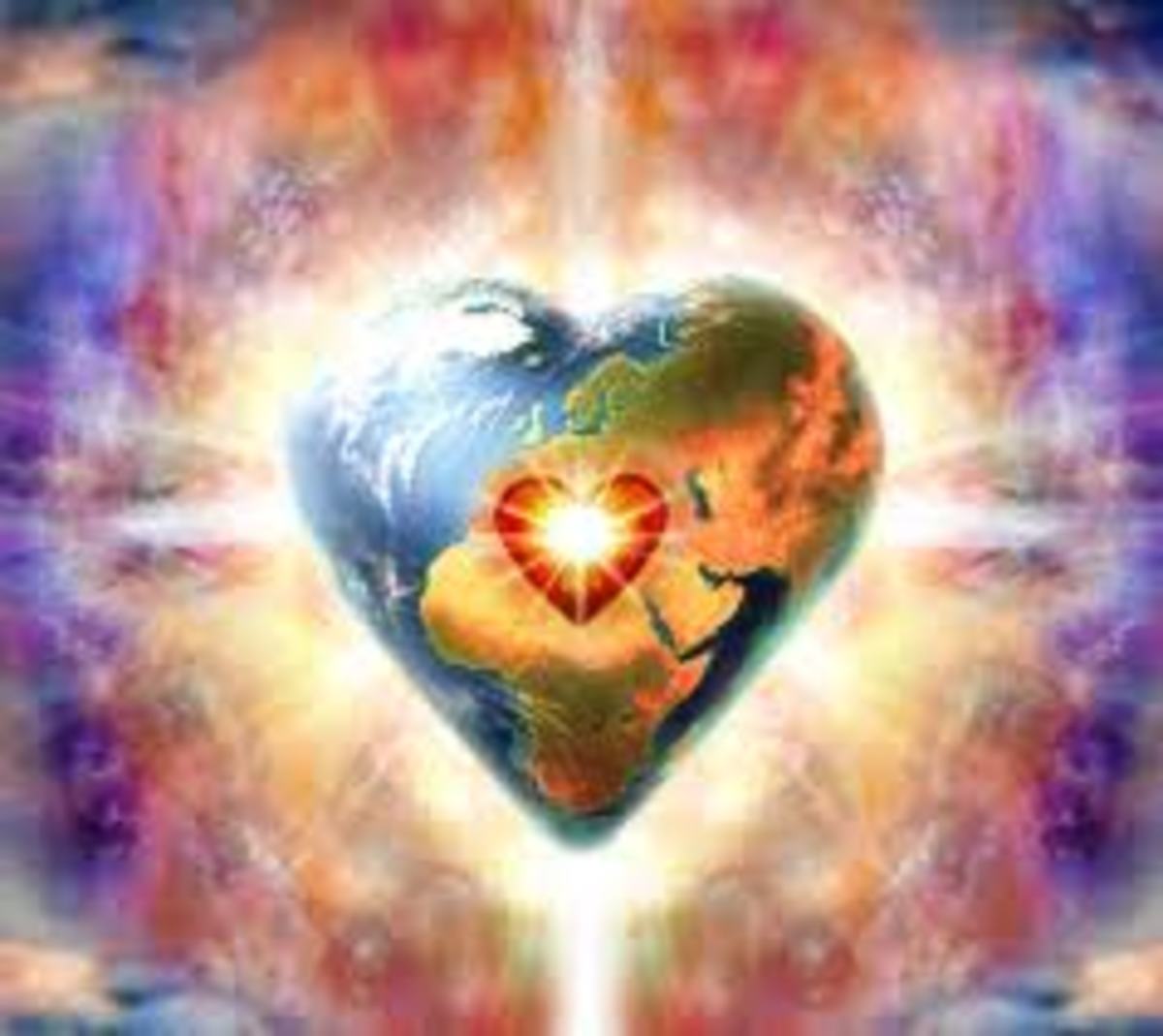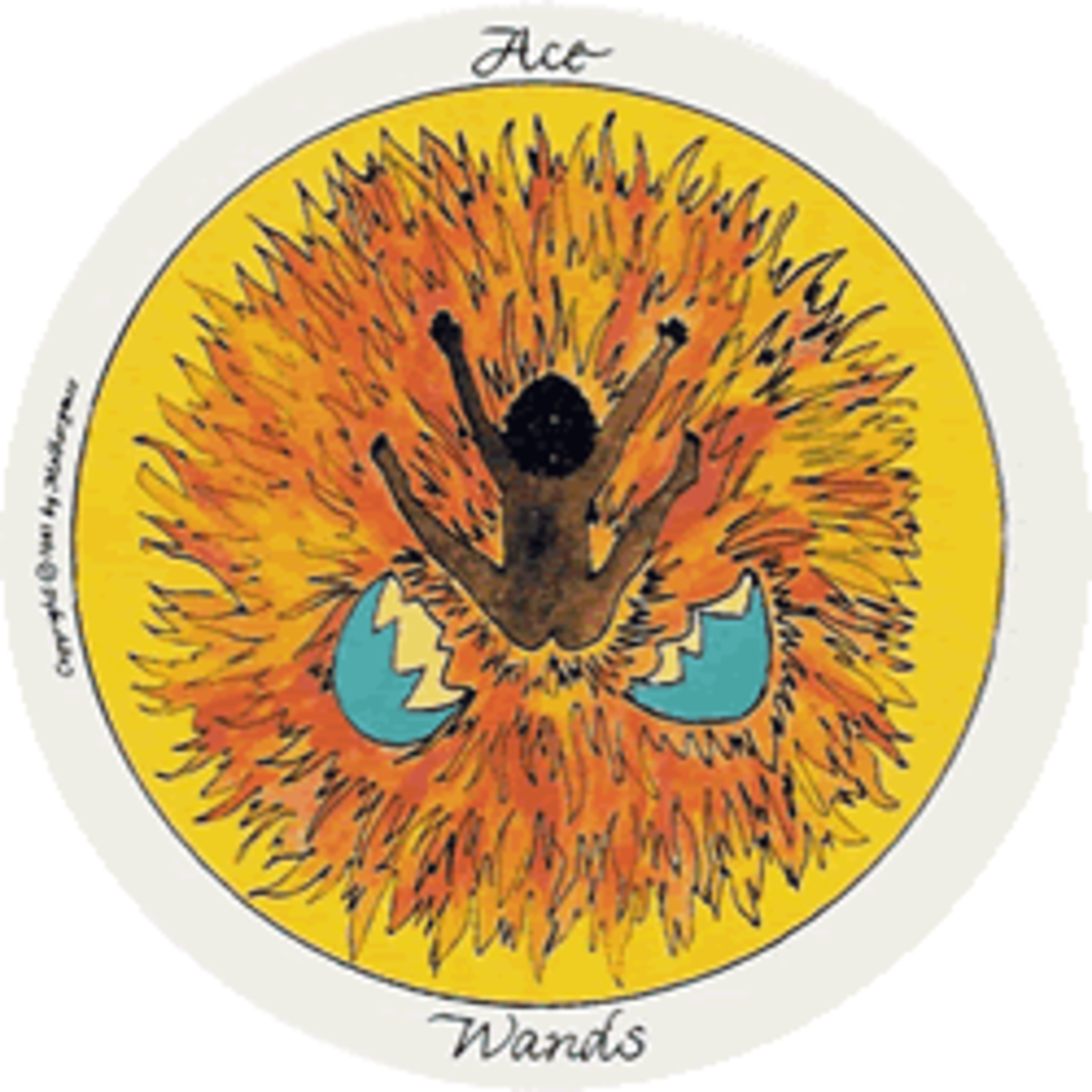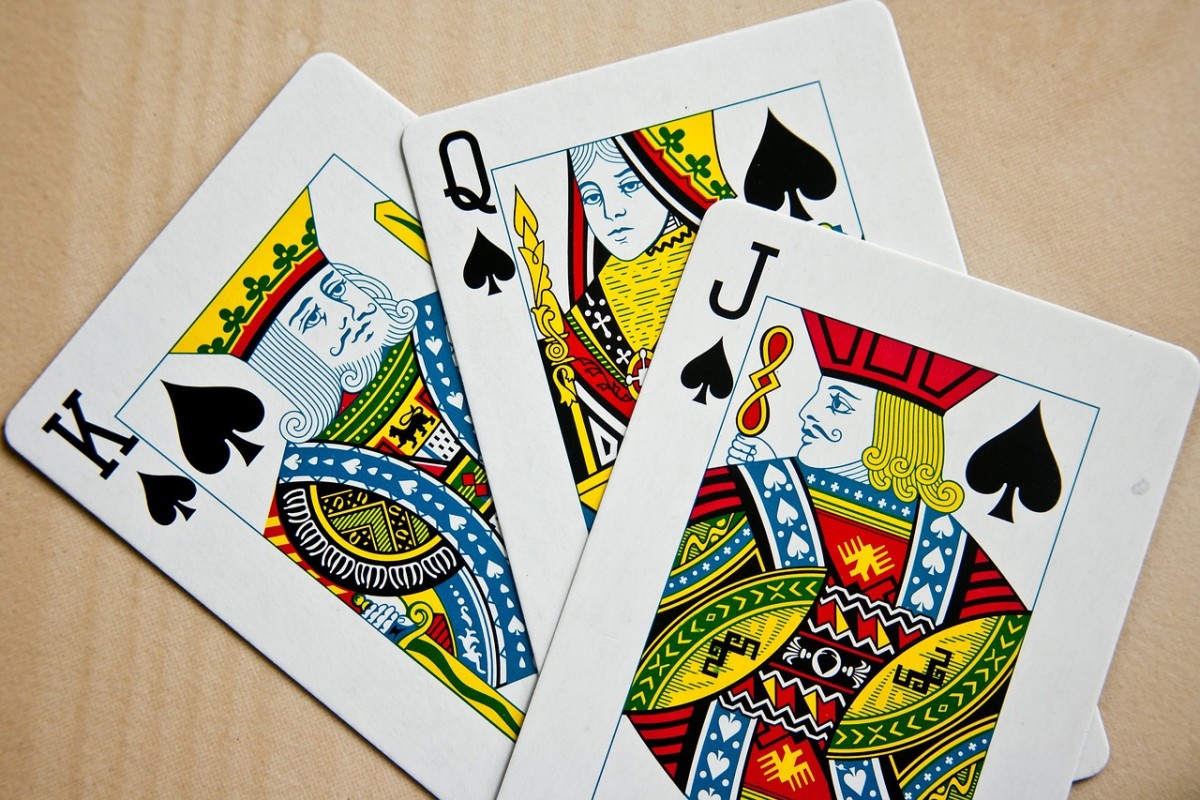What Are Tarot Cards?
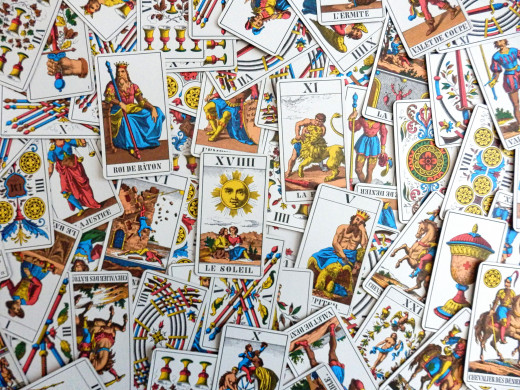
Brief History of Tarot Cards
Tarot cards are actually a fairly modern invention, with many theories about what came before their 14th century European rise in popularity.
One of my favorite theories as to the origin of tarot cards, is that their origin as a form of keeping old gypsy and pagan sacred texts in picture form. It's believed this was borrowed from southeast asian practices of making picture books for illiterate, which were comprised of picture cards tied together with a string.
Under brutal oppression during the Inquisitions, pagans and gypsies turned many of their most sacred texts and communications into colorful picture cards, which they then convince authorities were simply for playing "card games".
There are many origin stories of tarot cards; all very worth looking up. Regardless of which one you love the most, Tarot cards eventually became what we know now as modern Playing Cards (for poker, bridge, rummy, etc...) - another form of clever disguise. This disguise took off pretty well, and many commonfolk in France and Germany, started playing games of "tarot". Which became highly beneficial for divination practitioners of the time, who were often still excuted in one grusome way or another in the 14th century.
Eventually, it became much safer to practice tarot card readings openly. Most likely when Crowley popularized Thelmatic practices and created a deck of tarot cards that revived what was believed to be the oldest known presentation of tarot like cards from Egypst. Most are commonly called Book of Thoth cards, or some derivative thereof.
Nowadays, there are numerous versions of tarot decks and oracle cards, many of which are designed to speak to specific purposes, energies, themes, and more.
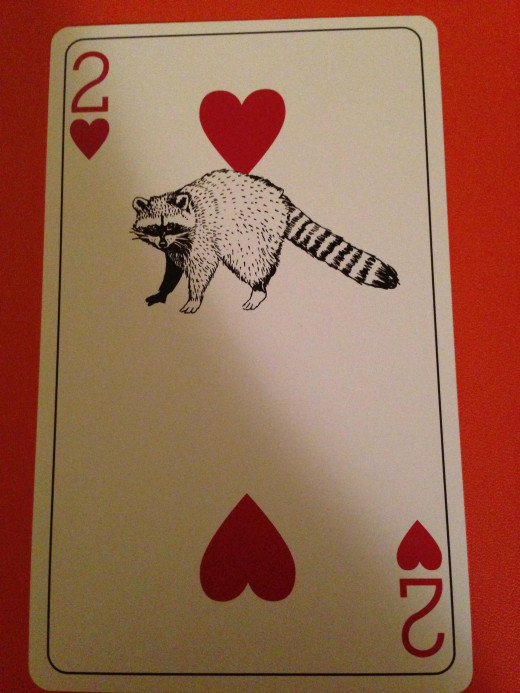
What are Tarot Cards?
Many a friend and client ask me, "what's the difference between Tarot cards and Oracle cards?" ...
...and "what makes tarot different from other forms of divination?"
Tarot is a very unique form of divination, despite how customizable the decks are and how many forms of oracle cards with streamlined purposes.
Tarot follows what's known as the Hero's Journey; which is considered to be both the oldest living form of story known since the dawning of cave paintings, and also what's considered to be the same basic plot of every story. Which is very trippy to see in every movie and book, whenever you have the time to look into it.
Until then, it's important to know that in order to claim the name of "tarot", the deck must follow the "hero's journey" - starting with the first card of the Major Arcana: #0: the Fool, and ending with card #21: the World (which is actually the 22nd card).
The idea, is that the Fool himself is both the querrent (the person being read for) traveling through the hero's journey, and also the energy of "0"; the cosmic egg. This is where you are all ready to step out onto a new adventure, but you haven't left home yet. You're both an infant and an older teenager. You still have everything to taste and touch and learn and manifest. The Fool travels through various cards that depict the process by which most all humans navigate the world; first you get initiated into the world, and given just enough skills and tools to get into a big mess. Maybe in love, maybe in friendship, maybe in health or business. Either way, you've now gotten yourself in and you can't get out until you complete the journey.
Now, it is said that we are always traveling through the major arcana; in a spiral fashion, rather than circular. Though those are only the first 22 cards of the deck. There are still 4 sets of 14 "pip cards" and "court cards" that are collectively known as the "Minor Arcana". These cards essentially follow the same story line as the Major Arcana. Spirit hands you an "Ace" card, which is carried through two "10", then into the Court Cards - a Page, Knight, Queen, and King. So you travel from a "seed" and eventually become a king, starting with the suit of Swords. Then you travel through the suit of Wands, Cups, and Coins (often also called Pentacles).
Each suit carries a different set of symbolic meanings and associations with astrology, numerology, synchronicity, chakra energies, jungian psychology, and so much more. The study of all of the many meanings covers a vast portion of what's known as Cartomancy (divination through cards and the study of their meanings).
There are many oracle, prophetic, and customized decks of cards all fitting and fun to use for telling fortunes. Though only tarot cards use the heros journey specifically, with 78 specific cards, and a major/minor arcana.
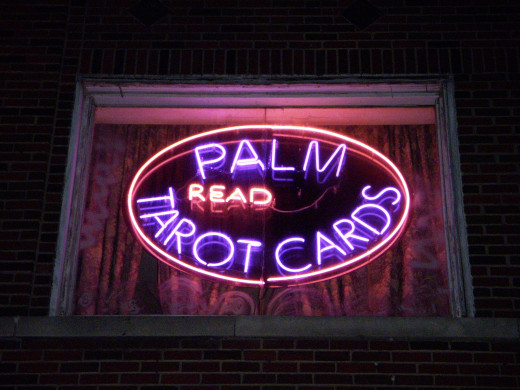
How are Tarot cards used?
Shuffling
In order to use tarot cards, the most basic thing to understand is the Hero's Journey, as outlined above. Once you understand that basic journey, you can dive right in.
Starting with finding your own preferred way of Shuffling.
Most readers use a typical playing card riffle or bridge shuffle, though you can also spread them all out on a table and then bring them back together. There are many other ways, and no wrong ways to shuffle.
I'm unable to do the riffle shuffle, so I will typically lay down each card into 3-4 different piles, then once all my cards are laid down, I'll lay them into each other until I have one deck again. This method is very useful for any size deck of tarot cards, as not all of them are small or large enough to use a bridge shuffle with.
How to Shuffle Cards
Reversed Tarot Cards
It's an age old choice for tarot readers: to reverse some cards or to not?
A Reversed Tarot Card is one that is upside down; done while shuffling, for additional meanings to each card.
Some readers prefer to keep all their cards upright, reading "good" or "bad" energies in their own intuitive ways. Some say it's less complicated to keep the cards all upright, whereas others find it much easier to use reversals, as then there is much more obvious clarity in which aspect the card is intended in the answer to the question asked.
Regardless of whether or not you decide to use reversals, you'll still have to learn the double meanings of tarot cards. Unless of course, you decide you'll only be interpretting positive meanings.
Tarot Spreads
Most readers, at least to start, will use what's called a "Spread".
It is simply the label for however the cards are laid out on the table. The most popular are the Celtic Cross, and 3 Card Past-Present-Future cards spread. There are hundreds today, all with different specializations.
Without irony, most seasoned tarot card readers don't use a specific spread.
Instead they find themselves settling into their own intuitive form of laying out the cards to be "read".
In one form or another, a reader will shuffle the cards and draw out as many cards as they feel called to pull, or which fall out of the deck on their own during shuffling. Some readers will also look at the card on the bottom, the card in the middle, or the card just on top of the remaining deck. All of which can contain different meanings to the reader.
Reading Tarot Cards
"Reading", which what we call the art of "diving" what the cards mean when they are all laid out. Reading is primarily an intuitive skill, following one of two schools of thought (or a combo thereof):
#1. The cards are being directed by metaphysical or paranormal forces (ancestors, spirit guides, high powers, etc...)
Or #2. they are simply a stand in for what we already know based on subtle ques via mircoexpressions, verbal expressions, and other interpersonal connections; and the cards just give a way to help us see what we already knew.
Either school of thought is fascinating, and both are well worth knowing. Just keep in mind that it's easy to get lost in jungian dream symbolism and archetype psychology along the way!
Regardless, the reader will shuffle, pick, and lay out the cards in a manor they prefer, and then interpret the symbols, associations, and order of the cards to answer any question asked by their querrent.
5 Baby Steps for Beginning Tarot Card Readers
What's a good Tarot Deck for Beginners?
Currently, the Rider Waite Tarot Card Deck is the most commonly used; both for beginners and seasoned professionals. It is typically the least complicated in terms of symbolic depictions used in the cards themselves, and it's the deck with the most easily accessible
I've added a link below, to an affordable deck that I've purchased from Amazon myself. They take a little bit to break in, but once you get in a few days of shuffling and use, they are fantastic tarot cards to you.
Learn More about Tarot
- How to Start Your Own Tarot Business
Want to be a tarot entrepreneur? Get the low down on what it really takes to succeed as a tarot reader. - Tarot: Court Cards
Meet the royal families of the tarot cards. They're just like us - really! - How Accurate Are Tarot Card Readings?
Tarot readings are as accurate as they can possibly be given all the various factors that can influence and interfere with them. Find out why tarot card interpretations can vary. - How and Where to Buy Tarot Cards
You feel you are ready to delve into tarot, but first you need a deck of cards. How do you decide which will suit you best? - How to Read Tarot With Playing Cards
A simple, yet elegant, method of applying tarot card meanings to ordinary playing cards.
